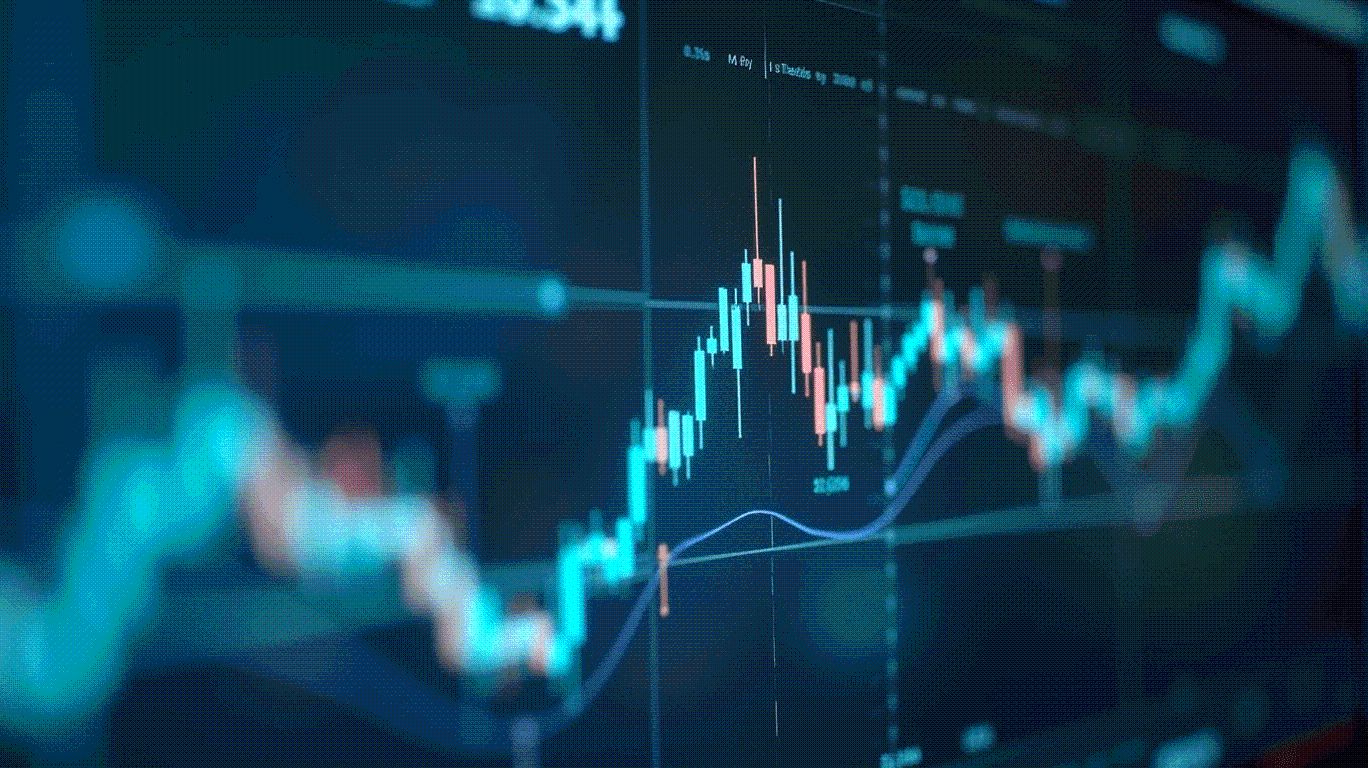[Long Thread] Besides securing a $10 million investment from WLFI, what makes Falcon stand out?
Chainfeeds Guide:
Is USDf just another "cookie-cutter" stablecoin?
Source:
Author:
Alex Liu
Opinion:
Alex Liu: The biggest difference for Falcon Finance first lies in its "origin." The team behind USDf comes from the veteran market maker DWF Labs, which is a first in the stablecoin sector. Andrei Grachev, co-founder of DWF Labs, is not only a co-founder of Falcon but also personally serves as managing partner. DWF has achieved remarkable results in this cycle, being active in mainstream altcoin markets and deeply involved in market making for Meme coins, thus possessing a natural advantage in liquidity management and execution of hedging trading strategies. Falcon’s underlying yield logic is based on large-scale hedging and arbitrage trading, similar to Ethena, but with greater operational advantages due to its market maker background. Its capital backing is also extraordinary. On July 30, 2025, Falcon Finance announced a $10 million investment from the Trump family’s crypto project World Liberty Financial (WLFI), marking WLFI’s first capital allocation in the stablecoin sector. WLFI itself issues the stablecoin USD1 (collateralized by US Treasuries and cash), and both parties have reached a technical integration plan for deep cooperation in cross-chain swaps and collateral complementarity between USDf and USD1 in the future. WLFI’s token FDV has exceeded $20 billion, and the capital concept overlay has brought Falcon extra market attention, giving it differentiated backing in the emerging stablecoin competition. Unlike traditional stablecoins, Falcon’s USDf adopts a model combining multi-asset over-collateralization and hedging trades. The current collateralization ratio is between 110% and 116%, ensuring that each USDf is backed by more than $1 in assets. Compared to stablecoins like USDT and USDC, which are backed by a single fiat reserve, Falcon supports mainstream cryptocurrencies such as BTC, ETH, and SOL, as well as selected altcoins, and plans to include tokenized RWA in the future. This openness makes Falcon a "universal collateral infrastructure," not just a stablecoin project. Users can obtain USDf in two ways: first, by minting through the official app (KYC and minimum thresholds required, supporting both "traditional mode" and "option-wrapped mode" collateralization); second, by purchasing directly on DEXs (no threshold restrictions). Acquired USDf can also enjoy the Falcon Miles points incentive, with higher multipliers for non-stablecoin collateral. Users holding USDf can claim points daily, stake it as sUSDf for an annualized yield of about 8.5%, or participate in DEX/aggregator liquidity mining (up to 40x points). In addition, USDf has been integrated into lending markets such as Morpho, Euler, and Silo, and can be used as collateral for leveraged operations, or even split future yield streams on Pendle. As of August 26, 2025, USDf’s supply has reached $1.25 billion, ranking among the top ten stablecoins, with sUSDf supply at 383 million, highlighting its growth rate and market acceptance. Falcon’s vision goes far beyond "issuing a stablecoin." The project’s co-founders emphasize that USDf is positioned as a "universal collateral and liquidity generation layer," aiming to convert any asset into globally circulating dollar liquidity, thus forming a bridge between crypto and TradFi. Falcon hopes to support not only crypto assets in the future, but also US Treasuries, stocks, corporate bonds, and other traditional financial assets, and to connect lending, market making, payments, and other ecosystem applications through on-chain protocol logic. The team also places great importance on risk control and compliance, having launched a transparency dashboard showing that USDf’s reserve ratio is always above 110%, and introduced third-party audit verification. In terms of roadmap, Falcon plans to open compliant fiat channels in Latin America, Turkey, and the Eurozone by the end of 2025, provide 24/7 real-time settlement, and expand to Ethereum L2 and multiple public chains. It will also cooperate with custody and payment institutions to launch bank-grade products, such as money market fund channels and on-chain physical gold redemption. In 2026, it will build a "real-world asset engine" to support private credit, tokenization of corporate bonds, and launch structured securitization products to attract institutional users. On the community side, Falcon further enhances user participation through Falcon Miles points and the Yap2Fly ranking event (in cooperation with KaitoAI), with a reward pool of $50,000 per month. Overall, through multi-asset collateralization, high-compliance audits, and multi-chain expansion, Falcon is shaping a financial hub layer that goes beyond a single stablecoin.
SourceDisclaimer: The content of this article solely reflects the author's opinion and does not represent the platform in any capacity. This article is not intended to serve as a reference for making investment decisions.
You may also like
Transatlantic Tech Tensions: Assessing the Impact of Trump's Tariff Threats on Global Tech and Semiconductor Markets
- Trump's 100-300% semiconductor tariffs and export restrictions are reshaping global supply chains, forcing firms to reshore or nearshore production. - TSMC's $165B U.S. investment and Intel's Arizona expansion highlight industry alignment with U.S. manufacturing priorities amid geopolitical risks. - Malaysian/Vietnamese firms gain competitive advantage through nearshoring, while investors hedge volatility via inverse ETFs and focus on defense-tech aligned companies. - Long-term winners will balance R&D i

The EU's Strategic Shift to Public Blockchains for a Digital Euro: A Geopolitical and Financial Power Play
- EU adopts Ethereum/Solana for digital euro to counter dollar stablecoins and China's yuan, reshaping global monetary power. - Public blockchains enable programmable, interoperable euro via smart contracts and high-throughput transactions, challenging centralized systems. - ECB's hybrid model balances blockchain transparency with GDPR compliance, addressing scalability and governance challenges in CBDC development. - Investors gain opportunities in Layer-2 scaling, cross-chain infrastructure, and DeFi int

Decoding the Signal: Can Ripple's Office Art Predict XRP's Future?
- Ripple's CTO David Schwartz sparked XRP price speculation with a San Francisco office art display featuring 55 triskelion canvases. - The $55/XRP correlation lacks official confirmation, as Ripple has no history of using visual cues for price targets. - Analysts emphasize tangible factors like regulatory clarity and RLUSD's launch over symbolic signals for XRP's long-term value. - A 1,800% price increase to $55 by 2025 remains unrealistic without seismic market shifts or institutional adoption. - The epi

SharpLink's Ethereum Treasury Strategy: A Dual-Track Engine for Shareholder Value and Institutional ETH Accumulation
- SharpLink Gaming (SBET) employs a dual-track strategy using Ethereum (ETH) accumulation and stock buybacks to drive shareholder value and institutional crypto adoption. - The company stakes 797,704 ETH ($3.7B) at 0.19% monthly yield, reinvesting rewards to compound ETH concentration (4.00 per 1,000 shares) while repurchasing undervalued shares below NAV. - Risks include crypto volatility, potential $87.8M impairment charges, and regulatory uncertainty, though $200M liquidity and partnerships with Joseph

